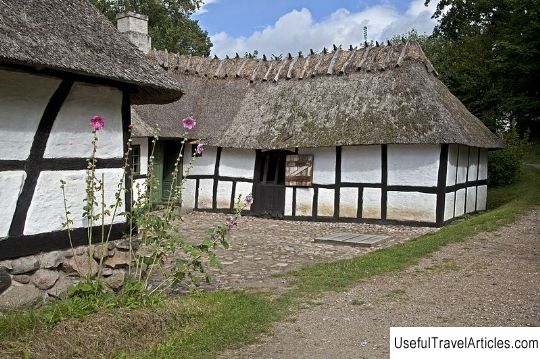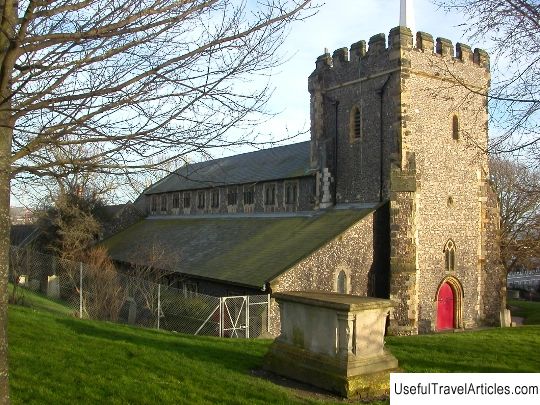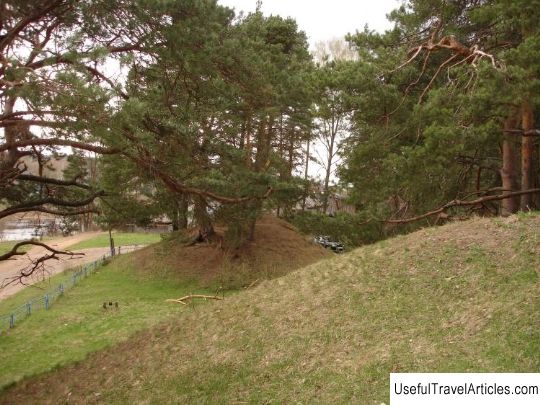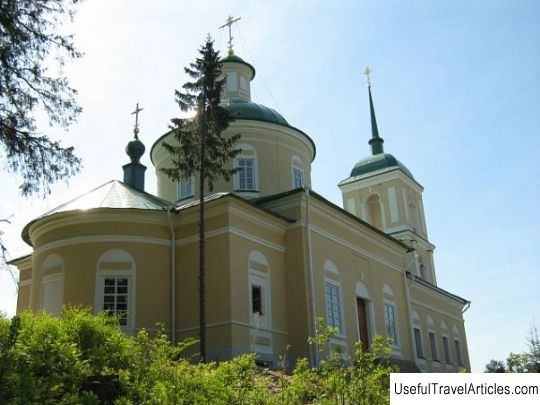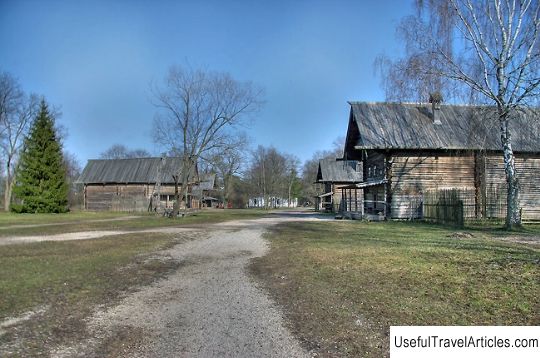Open-air museum ”Slavic village of the X century” description and photos - Russia - North-West: Novgorod region
Rating: 8,6/10 (700 votes) 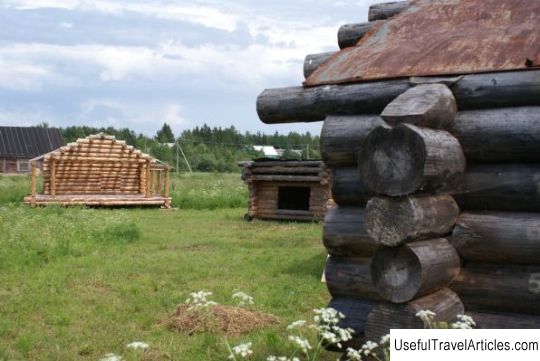
Open-air museum "Slavic village of the X century" description and photos - Russia - North-West: Novgorod region. Detailed information about the attraction. Description, photos and a map showing the nearest significant objects. Photo and descriptionThe village of Lyubytino, Novgorod region, has become quite a crowded place for some time now. The historically oriented project "Rus Glubinnaya" started here. In the near future this village will be the place of creation of a cultural and educational center for the study of culture, life and traditions of the ancient Slavs. The study will be conducted using a progressive, full immersion method. For these purposes, the "Slavic village of the X century" was created. During its construction, the techniques and tools of the tenth century were used, this approach helped to ensure full realism and maximum correspondence of the buildings being erected. As a result of the titanic work of a joint team of architects and, of course, archaeologists, a complete design documentation, including detailed drawings of buildings of the Slavic type for people, livestock and the results of economic activities (barns, barns, corrals, cages, dwellings) and a description of the methods of work. When developing the project, the data obtained during archaeological excavations on the territory of the Novgorod region were used. By the way, the project "Glubinnaya Rus" envisages the reconstruction of not only the appearance of dwellings and outbuildings, but also the complete reconstruction of internal interiors, where will post copies of tools and household items. Work is already underway, experienced craftsmen are doing their work in the same way as almost a millennium ago. The bark is cleaned from wooden logs using a special tool - a scraper. Peeled trunks with an ax, almost the only tool, preserved from those times unchanged, turn into decks. Then they make log cabins, connecting the logs to the castle. Nails, staples and other fasteners are not used at all. For insulation, the walls are caulked with moss, the roofs are covered with birch bark and sod. Master carpenters, together with architects, under the strict supervision of historians, have already recreated four dwellings, and several outbuildings, such as a bakery, a cage, a forge, a barn and a threshing floor. But the project will not be limited only to buildings, in In the future, it is planned to make sure that every visitor to the newly built village could not only enter any building and touch everything with his hands, but also, putting on clothes of the tenth century, do some homework. For example, make a fire in a stove, try to grind flour with millstones, blow up a forge and knock on an anvil with a hammer. In a word, plunge headlong into antiquity. The location for the project was chosen more than well. Around the "Slavic village" there are ancient monuments of archaeological significance: burial mounds, fortresses, ancient settlements, temples. In the fifties of the tenth century, the Grand Duchess Olga led her squad to these places, leaving an indelible mark on Russian history. She brought her soldiers to establish princely power and influence on these lands. It was here that the ancestors of the Slavs united with the Finno-Ugric peoples and laid the foundations for the formation of the ancient Russian people. This land has for every Russian almost the same meaning as Kievan Rus. Not so long ago, the "Slavic village" could be seen only in the museum of local history in the form of a beautifully made model. Now the layout has grown in size and came to life. The locals are amazed at the beauty and realism that the "Slavic Village" acquired. At any time of the year in Lyubytino you can meet guests from all over the Russian Federation. At any time of the year, "Slavyanskaya Derevnya" attracts close attention of people who are not indifferent to their roots, to their history.         We also recommend reading Fire tower description and photo - Russia - Golden Ring: Kostroma Topic: Open-air museum ”Slavic village of the X century” description and photos - Russia - North-West: Novgorod region. |
